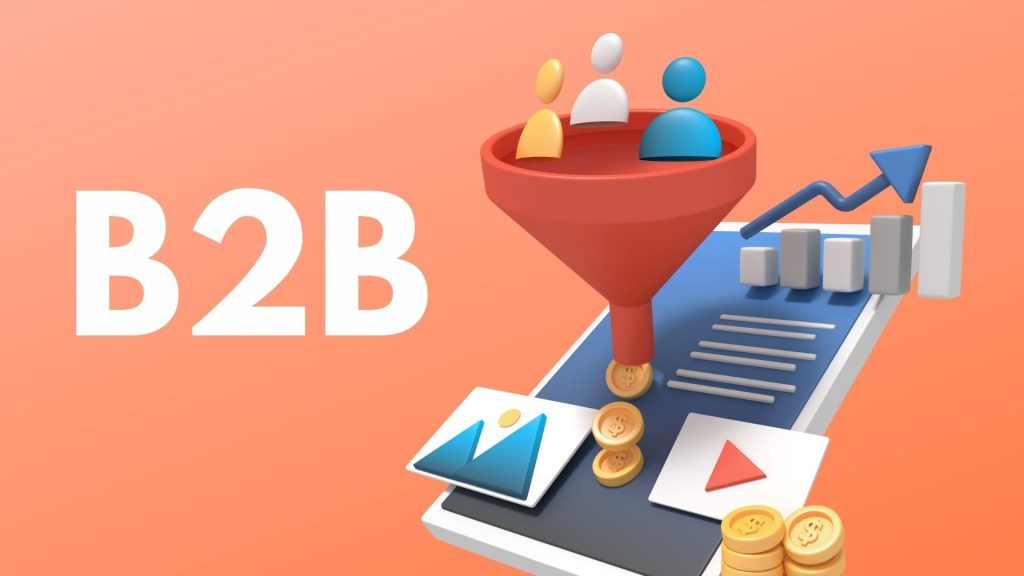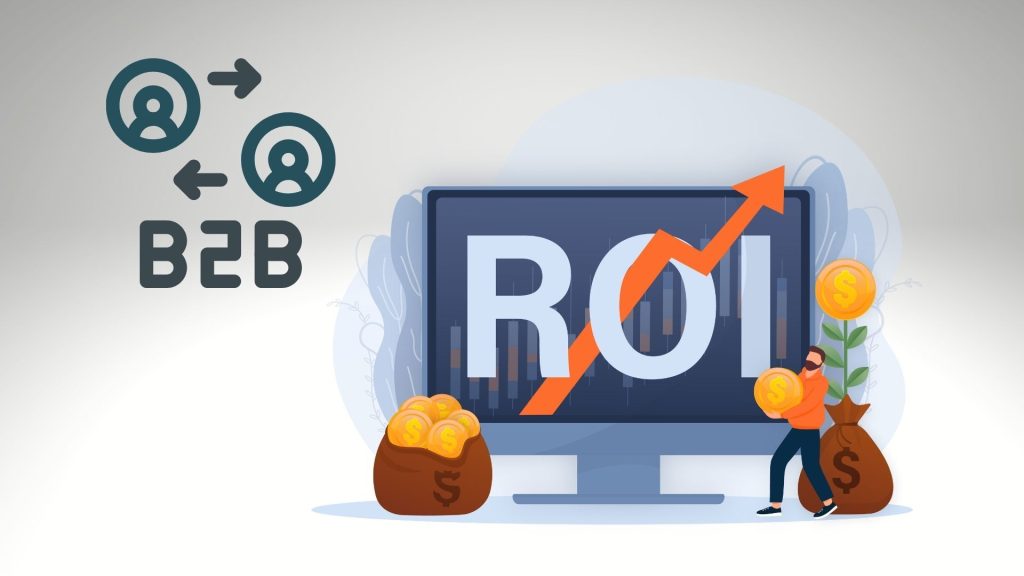Google Local Service Ads vs. PPC – What Is The Difference?
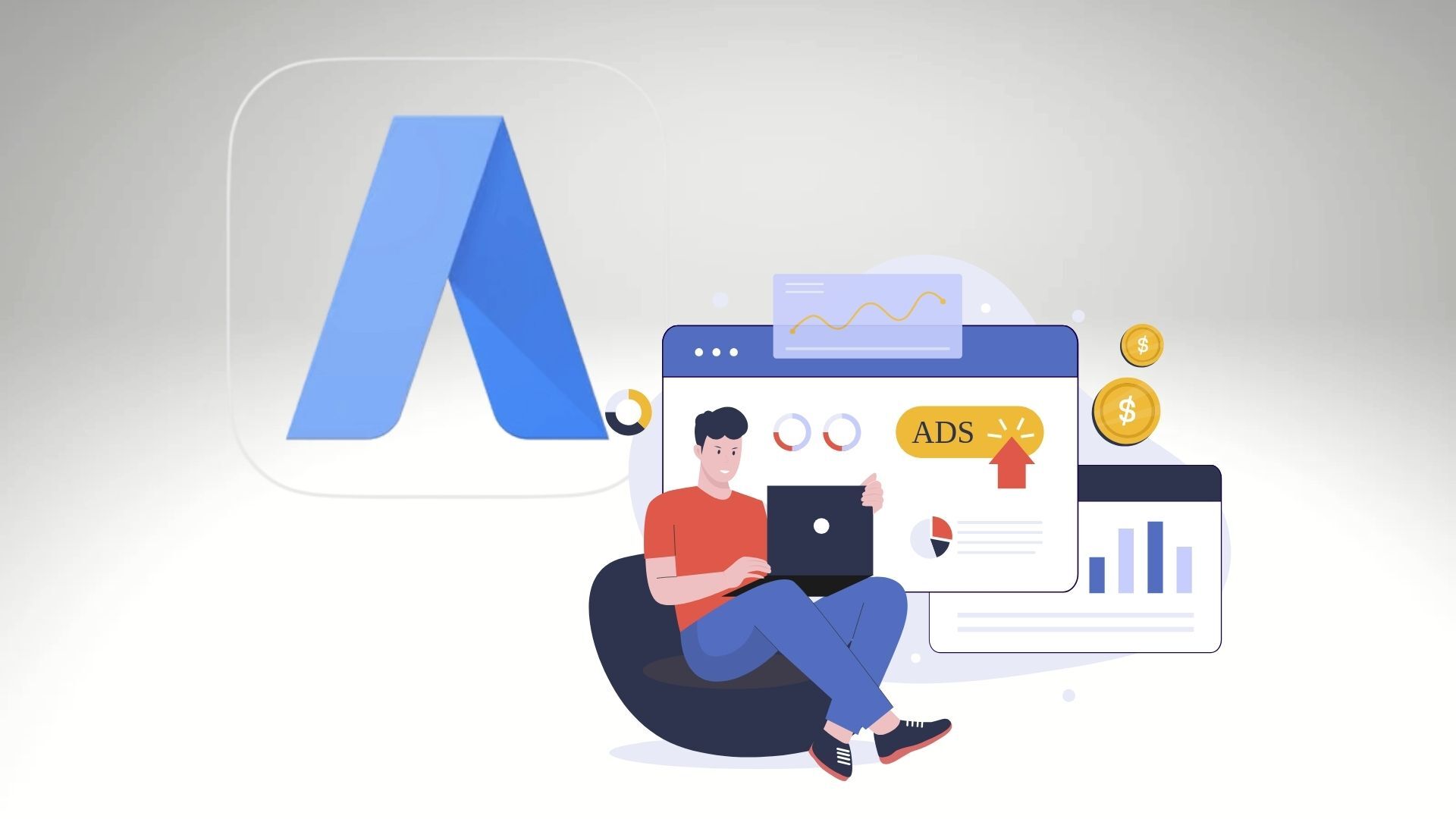
As businesses increasingly rely on digital advertising to connect with potential customers, it’s essential to understand the differences between various advertising methods. Google Local Service Ads (LSAs) and Pay-Per-Click (PPC) advertising are popular options that serve distinct purposes.
This post will explore the key differences between Google Local Service Ads and PPC campaigns, helping you determine which option is best for your business’s digital marketing strategy.
What are Google Local Service Ads
Google Local Service Ads are designed for service-based businesses that want to connect with local customers who are actively searching for services within a specific location. LSAs stand out by offering a pay-per-lead model, where businesses only pay when a potential customer contacts them via the ad (e.g., calls, messages, or bookings).
These ads appear at the top of Google search results, often above organic listings and traditional search ads, making them highly visible. LSAs also feature the Google Guarantee, a trust-building badge indicating that Google vets the business. This makes LSAs particularly beneficial for local service providers looking to attract local leads and establish credibility.
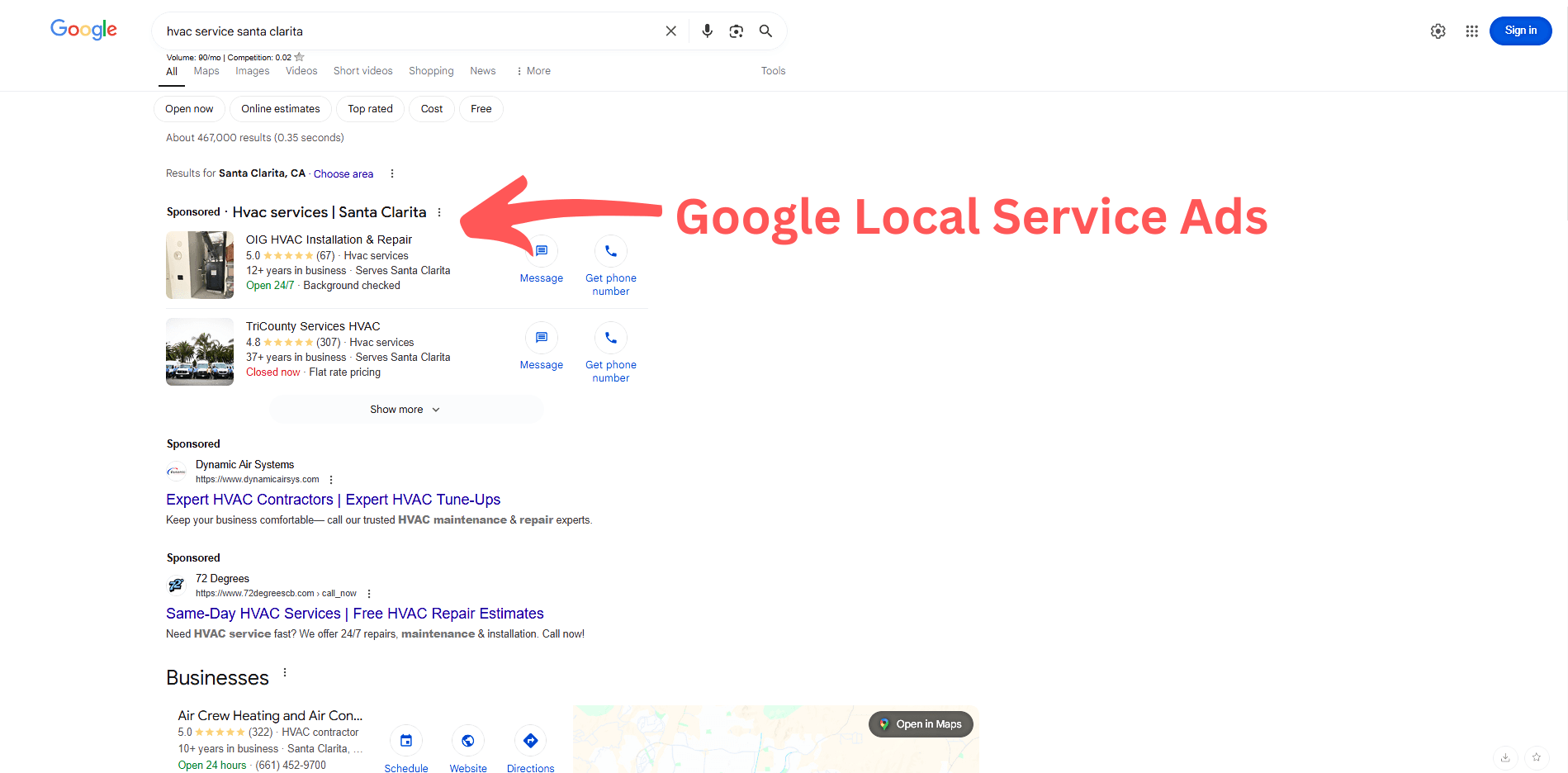
The Role of Google Business Profile in Local Advertising
As of November 2024, Google requires all businesses using Google Local Service Ads (LSAs) to have a verified Google Business Profile (GBP). Note that Google My Business (GMB) has now been rebranded to Google Business Profile (GBP). This change highlights the strong integration between LSAs and GBPs, making a verified GBP essential for running LSAs. A verified GBP ensures your business details, such as name, address, and phone number, are consistent across Google Search and Google Maps.
The Google Guarantee badge, often displayed with LSAs, is directly tied to your GBP, building trust with local customers. Without a verified GBP, your LSA won’t be eligible to run, ensuring that only businesses with accurate and reliable information are featured.
While GBP is mandatory for LSAs, it’s not required for PPC ads through Google Ads. However, linking your PPC campaigns to a GBP can improve local targeting and visibility in search results, especially for businesses focusing on a specific geographic area.
What are PPC Ads
PPC (Pay-Per-Click) advertising is a traditional model where businesses pay each time a user clicks on their ad. With Google Ads, businesses can create ads that appear on Google Search, the Google Display Network, or YouTube.
PPC allows a more flexible approach with diverse ad formats, including text, display, and shopping ads. Advertisers bid on specific keywords to trigger their ads based on user queries. The pay-per-click model means businesses are only charged when someone clicks on their ad, making it a direct way to drive traffic to their website and convert visitors into customers (conversion).
PPC campaigns are highly customizable and can focus on specific keywords, demographics, and locations, allowing businesses to refine their approach based on their marketing strategy. One effective way to optimize PPC campaigns is through A/B testing. You can identify which combination performs best by testing different versions of your ads, such as headlines, calls to action, or ad copy. A/B testing helps refine your ads, boost conversion rates, and improve ROI.
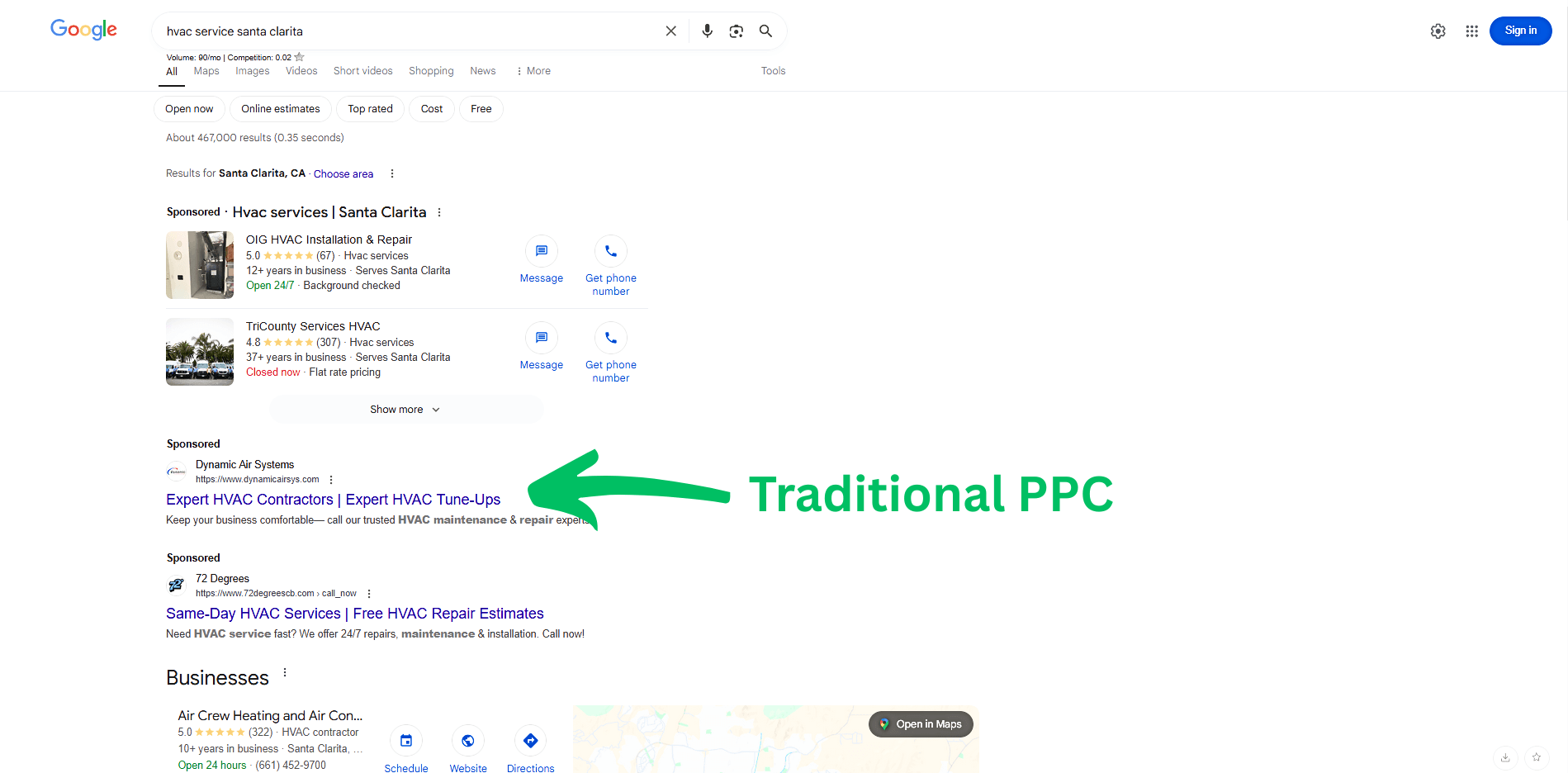
Components of Google Local Service Ads and PPC
Shared Components:
- Keywords: LSAs and PPC campaigns rely on keywords to trigger ads based on user searches.
- Ad Copy: Effective ad copy, including headlines, descriptions, and calls to action, is essential in both models to capture attention and drive clicks or leads.
- Targeting: Both ad types allow targeting based on location, demographics, and interests, ensuring the right audience sees your ads.
- Landing Pages: A well-optimized landing page is necessary for converting clicks or leads into desired actions (e.g., booking a service or purchasing a product).
- Budget and Bidding: Both ad types require a budget and a bidding strategy to determine the amount you are willing to spend per click or lead.
Unique Features of Google Local Service Ads (LSAs)
- Pay-per-Lead: Unlike PPC, LSAs charge businesses only when a potential customer contacts them, making it a more cost-effective option for local businesses focused on lead generation.
- Location-Based Targeting: LSAs prioritize showing ads to users within the local area searching for services nearby.
- Review Rating and Response Rate: Google considers your review rating and response rate when determining LSA ranking, giving businesses an incentive to maintain high customer satisfaction.
- Google-Generated Ads: Google generates ad copy for LSAs based on your business information, making the setup process easier.
- Top of Search Results: LSAs are displayed at the top of search results, increasing visibility and the likelihood of capturing local leads.
Unique Features of PPC Advertising
- Pay-per-click: In a PPC campaign, businesses pay each time someone clicks on their ad, regardless of whether they convert into a lead.
- Keyword Bidding: PPC campaigns use keyword bidding, where businesses compete for specific keywords related to their service or product.
- Ad Rank: PPC ads are ranked based on bid amount, Quality Score, and ad relevance. This means your ad’s position depends on both your bid and the quality of your ad.
- Various Ad Formats: PPC offers multiple ad formats, including text ads, display ads, and shopping ads, allowing businesses to select the most effective option for their goals.
- Broader Targeting: PPC allows for targeting a broader audience. You can refine targeting by demographics and interests, and even retarget users visiting your website.
Benefits of Google Local Service Ads
Google Local Service Ads offer several key benefits, making them a valuable tool for local businesses. First, the pay-per-lead model ensures you only pay when a potential customer contacts you directly, making it a more cost-effective way to generate quality leads. These ads also target local customers, helping businesses connect with people in their area, which increases the chances of conversion. The Google Guarantee badge adds credibility, builds user trust, and encourages more inquiries. Lastly, Local Service Ads appear at the top of search results, ensuring maximum business visibility when customers actively seek services.
Benefits of PPC Advertising
While Google Local Service Ads are great for local service providers, PPC offers distinct advantages for businesses seeking a broader reach and more control over their advertising. PPC campaigns allow flexible targeting, enabling businesses to reach local and national customers by bidding on various keywords and demographics. Another key benefit is scalability; businesses can adjust their campaigns to meet specific goals, whether increasing traffic, boosting sales, or enhancing brand awareness. With real-time performance tracking, businesses can easily monitor their ads’ effectiveness and adjust for better results. Additionally, PPC offers a variety of ad formats, including shopping ads, display ads, and video ads, providing businesses with a customizable approach to meet their marketing needs.
Key Differences Between Google Local Service Ads and PPC
Targeting
Google Local Service Ads focus on reaching local customers actively searching for specific services. These ads are ideal for businesses that want to connect with nearby users. In contrast, PPC campaigns allow for broader targeting and more flexibility in keyword selection, enabling businesses to reach local and national audiences.
Cost Model
Local Service Ads operate on a pay-per-lead model, so businesses only pay when a potential customer contacts them. This makes it a cost-effective option for businesses looking to generate leads. On the other hand, PPC ads charge per click, meaning businesses pay each time someone clicks on their ad, regardless of whether they convert into customers.
Ad Placement
Local Service Ads typically appear at the top of search results, above organic listings and other ads, ensuring maximum visibility. PPC ads can appear throughout Google Search, the Display Network, and other Google platforms, but they may not always have the same level of visibility as Local Service Ads.
Targeting Method
Google Local Service Ads are best for businesses targeting customers within a specific geographic area, as they prioritize location-based targeting. In comparison, PPC campaigns offer broader targeting options, allowing businesses to reach a wider audience based on keywords, demographics, and user behavior.
Conclusion
Choosing between Google Local Service Ads and PPC advertising depends mainly on your business goals, target audience, and budget. LSAs are ideal for local businesses looking to connect with customers ready to take action, while PPC campaigns offer flexibility, scalability, and a broader reach. By understanding the key differences, components, and benefits of each, you can make an informed decision that aligns with your digital marketing strategy and business needs.

